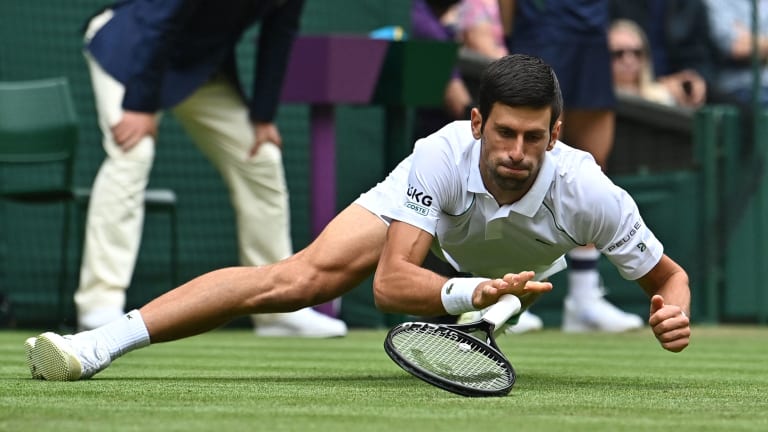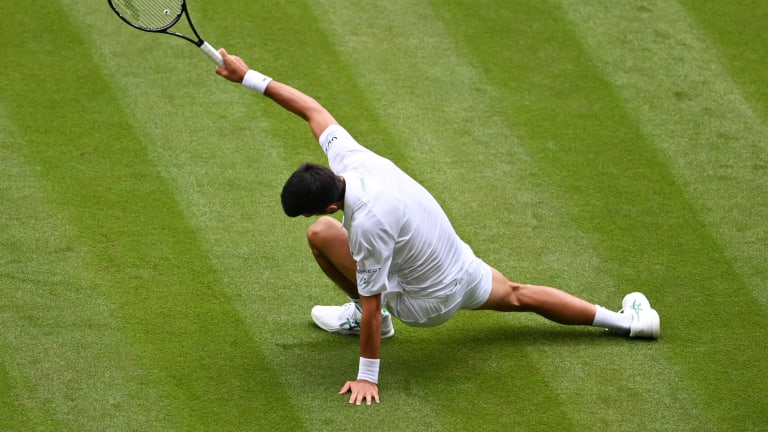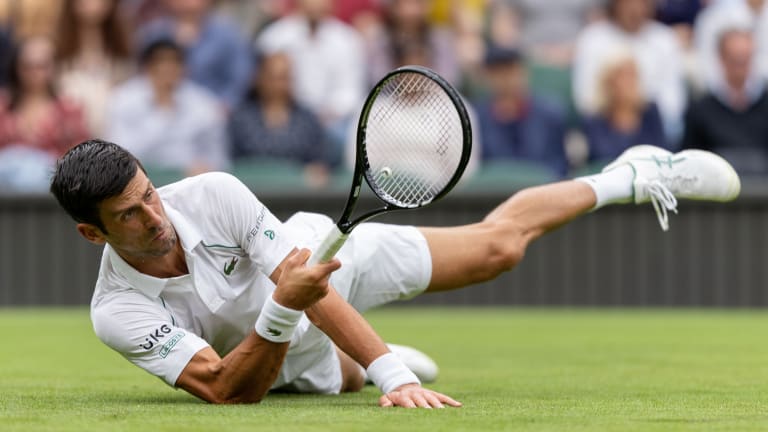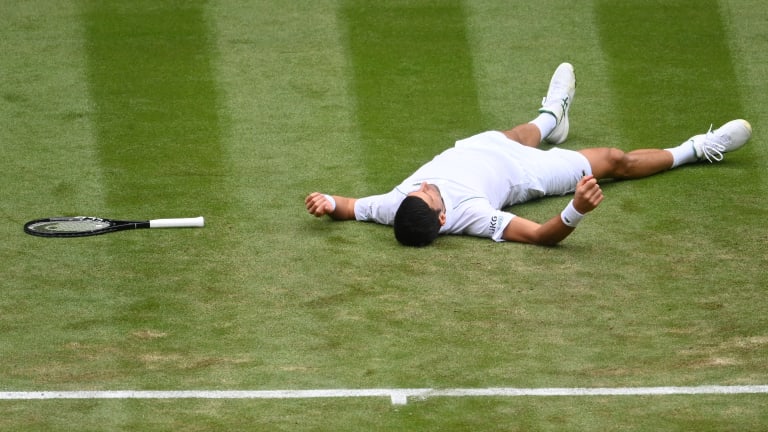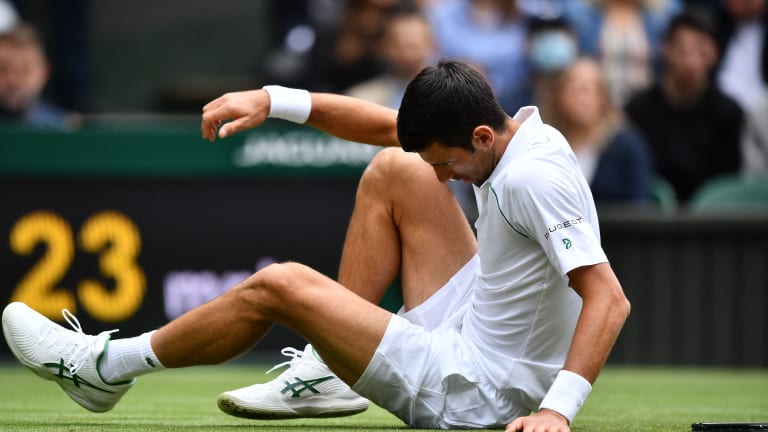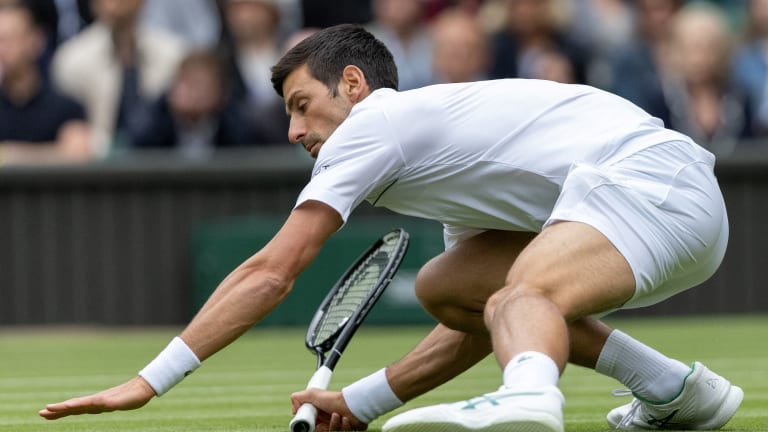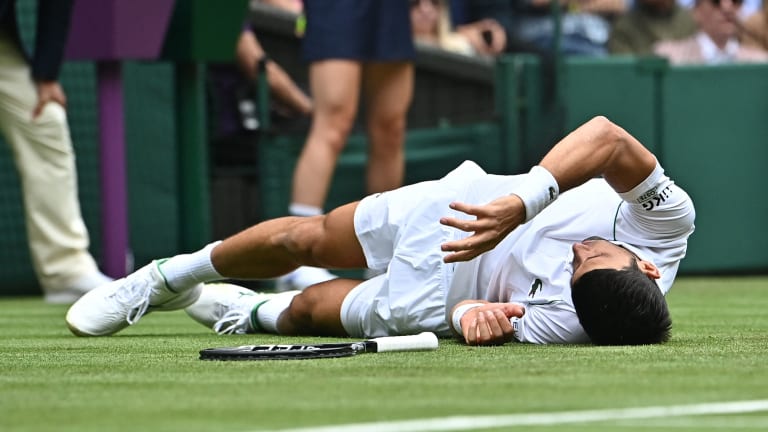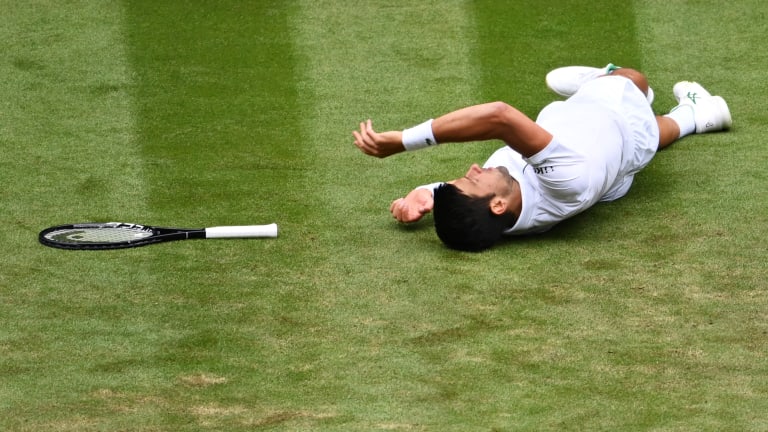Wimbledon
Wimbledown: After a terrifying Tuesday on Centre Court, Novak Djokovic falls frequently in otherwise routine win
By Jun 30, 2021Wimbledon
Darren Cahill: Jannik Sinner watches more Carlos Alcaraz matches than he does with any other player
By Jul 14, 2025Wimbledon
Jannik Sinner reignites Carlos Alcaraz rivalry with Wimbledon victory
By Jul 14, 2025Wimbledon
Jannik Sinner reversed his usual pattern against Carlos Alcaraz. It won him Wimbledon
By Jul 14, 2025Wimbledon
Veronika Kudermetova and Elise Mertens win women's doubles title at Wimbledon
By Jul 13, 2025Wimbledon
Joy to the World: What Carlos Alcaraz has, and what we are enjoying
By Jul 13, 2025Wimbledon
Iga Swiatek keeps surprising herself after Wimbledon title caps "surreal" turnaround on grass
By Jul 12, 2025Wimbledon
Iga Swiatek wins first Wimbledon, sixth Grand Slam title with 6-0, 6-0 rout of Amanda Anisimova
By Jul 12, 2025Wimbledon
Wimbledon men's final preview: Will Carlos Alcaraz, Jannik Sinner share another epic?
By Jul 12, 2025Wimbledon
Julian Cash, Lloyd Glasspool become first all-British pair to win Wimbledon men's doubles title since 1936
By Jul 12, 2025Wimbledown: After a terrifying Tuesday on Centre Court, Novak Djokovic falls frequently in otherwise routine win
"I thought it was pretty dangerous," said one player about the conditions. With a series of high-profile injuries, the endangered playing surface was the topic of discussion at its venerable home.
Published Jun 30, 2021
Advertising
Advertising
Novak Djokovic falls frequently, but gets up and moves onward
/
Advertising
Advertising
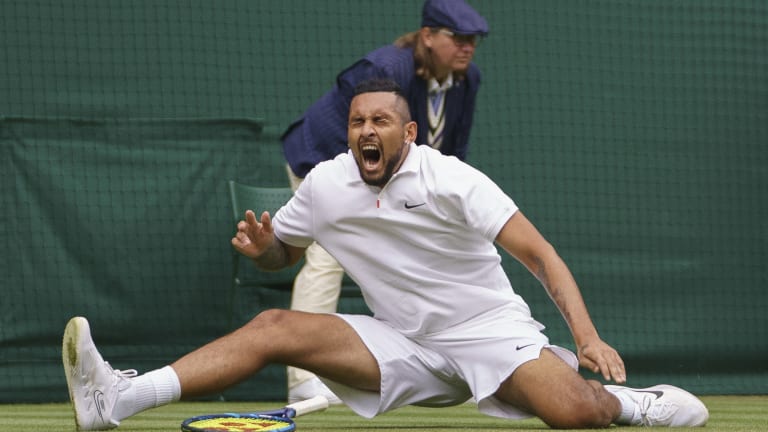
Nick Kyrgios reacts after slipping on No. 1 Court in the fifth set of his match against Ugo Humbert. The Aussie would continue and win the decider, 9-7.
© POOL/AFP via Getty Images
